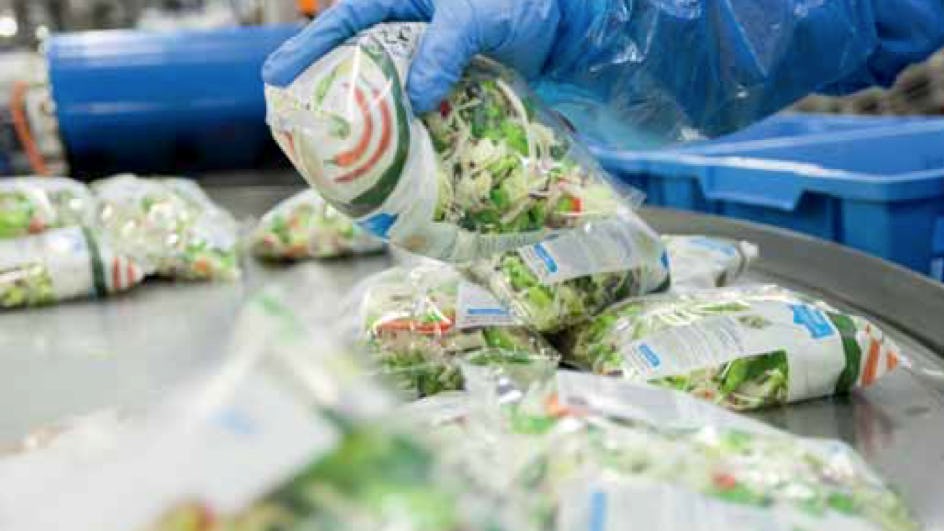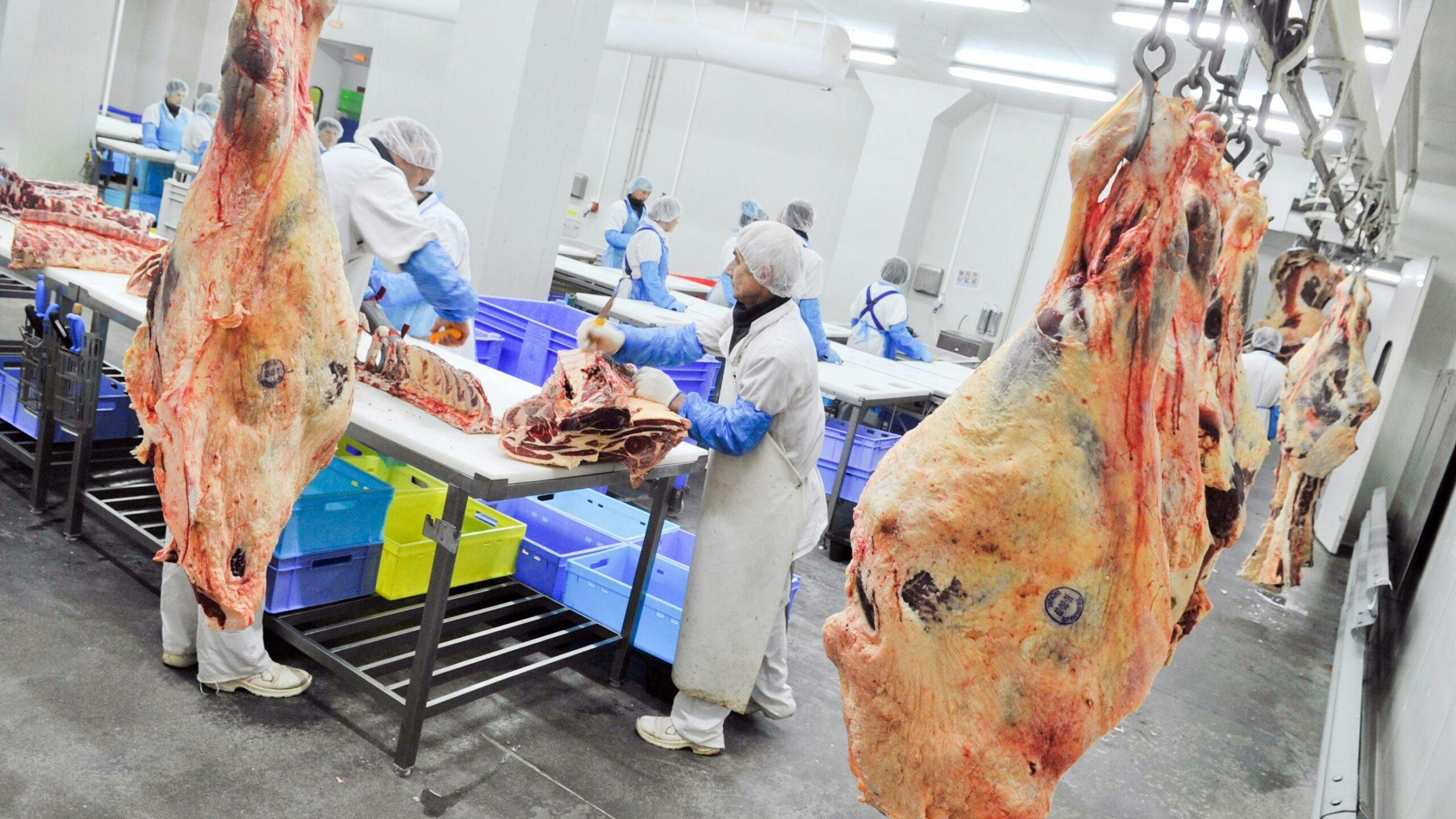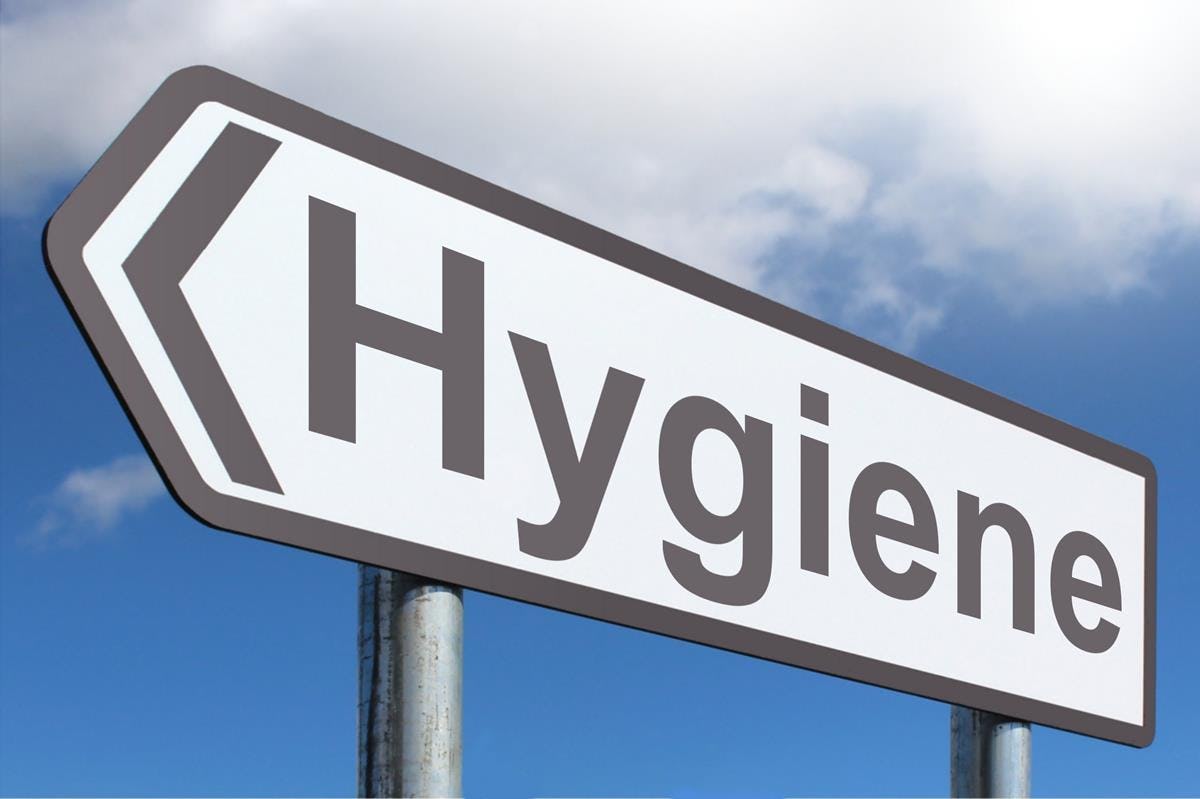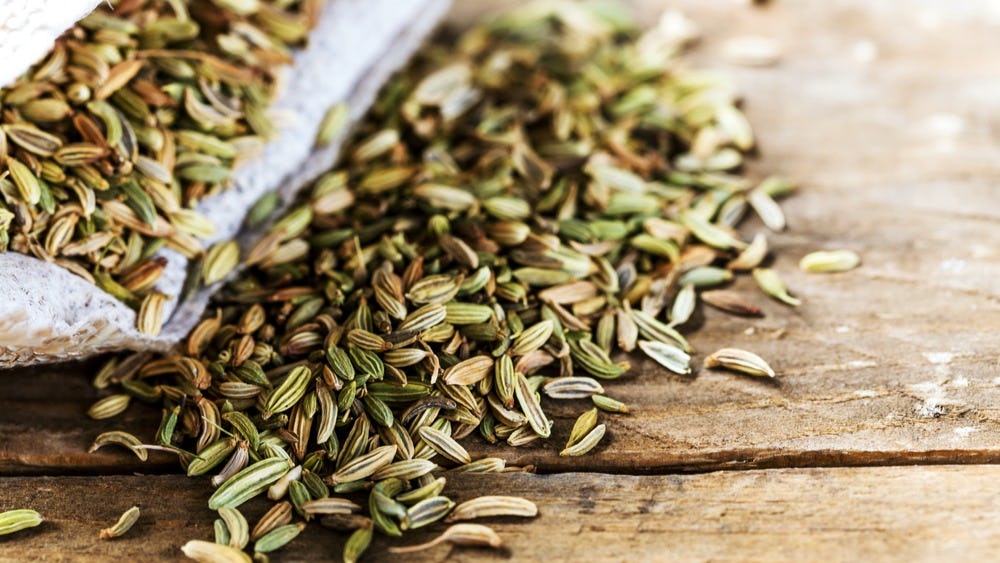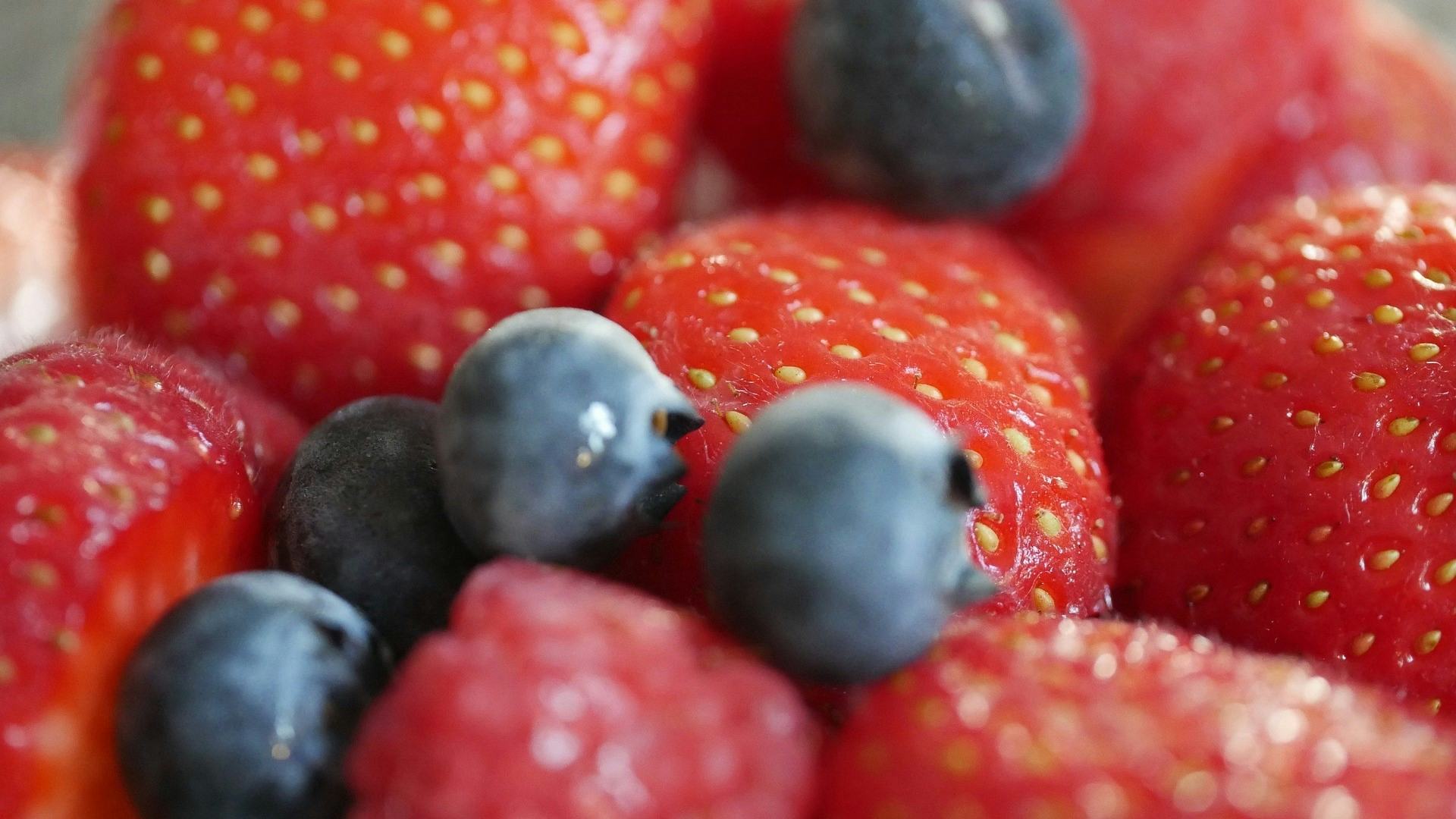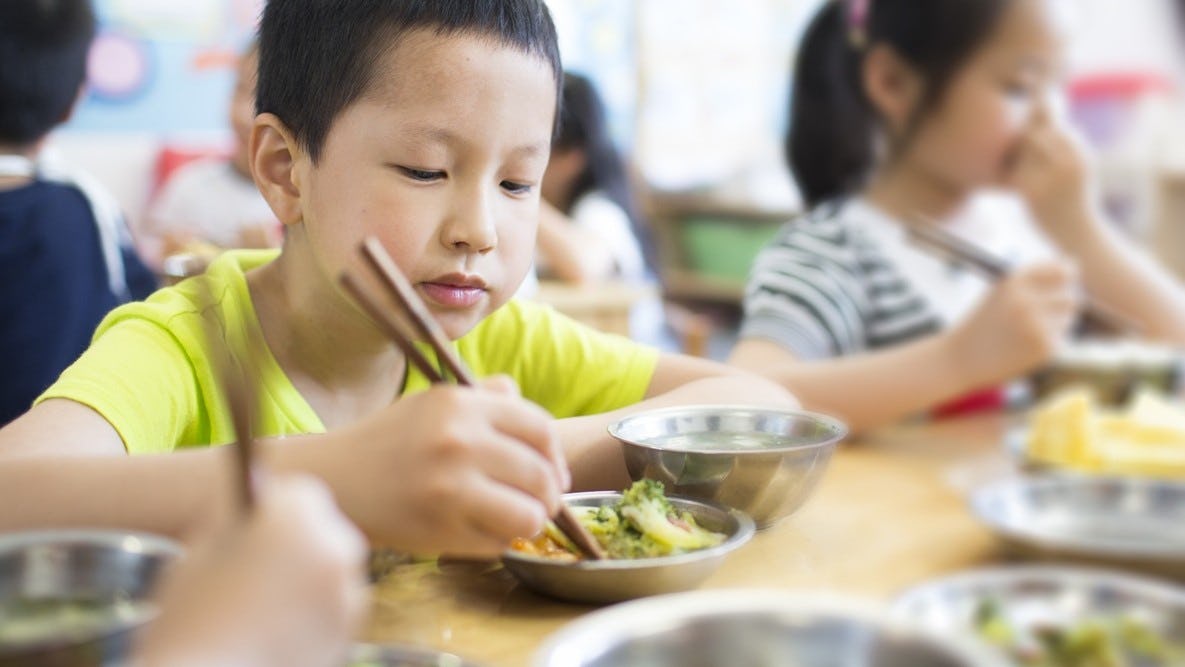The consortium is collaborating within the Safe and Save Water: Part 2 – The case on Listeria research project, a 3-year private-public partnership. It is led by Wageningen University & Research (WUR) and financially supported by six private partners and the Dutch Ministry of Agriculture, Nature and Food Quality (LNV). The goal of the project is to contribute to a sustainable fresh produce supply chain and ensure that safe food is brought to the market. We explore and develop possibilities to reduce freshwater consumption during vegetable processing while ensuring food safety.
Treating the water used to wash vegetables with water disinfection technologies aims to reduce contamination by relevant foodborne pathogens like Listeria monocytogenes. Doing so can also lower the probability of cross-contamination of subsequent product batches. Researching water disinfection technologies available to the European market helps vegetable processors to make their companies more sustainable for water and energy use. In this project, we look at reducing L. monocytogenes in the water (re-)used to wash fresh-cut lettuce. Attention to controlling food safety processes is warranted here.
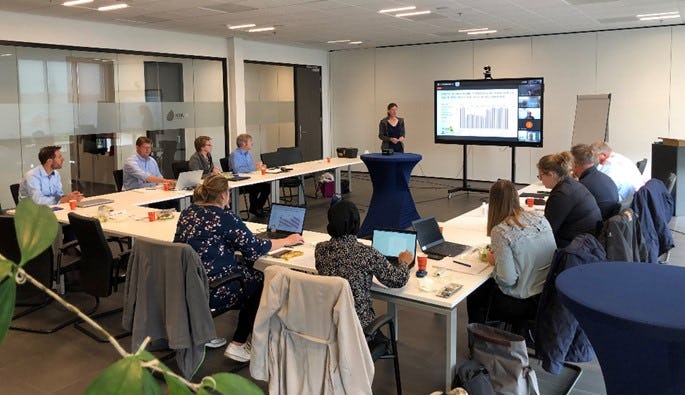
Laboratory research
In the project, the effects of single technologies and combinations of technologies have been evaluated in the laboratory. This combined approach, also known as a hurdle approach, involves combining several mitigating approaches, each of which is perhaps insufficient on its own to control or even eliminate pathogens in food products. Water technology partners supplied and assisted in evaluating their technologies, including UV-C (BestUV B.V.), ozone (Xylem Water Solutions Nederland B.V.), free chlorine anoxyl (Normec Kalsbeek B.V.), and silver-copper ionization (Holland Water B.V.) on its ability to reduce Listeria spp. in the wash water. Both Listeria innocua and L. monocytogenes were included in the lab experiments. The vegetable producer (Plukon Food Group B.V.) supplied wash water from their commercial fresh-cut lettuce washing line to research the water technologies and helped analyze the results.
Treating the wash water with UV, ozone and/or free chlorine did not affect water quality parameters like the transmission and chemical oxygen demand (COD) given the tested conditions applied. Cell numbers of L. innocua were reduced during UV treatments (2.3 log reduction at 10.7 mJ/cm2). Higher UV fluence is expected to increase L. innocua reduction. L. innocua was reduced with ~1.5 logs when subjected to wash water containing silver-copper ions for longer period (28 h). L. innocua was inactivated >5 logs in process water with a COD of about 167 mg O2/L when applying 50 ppm free chlorine for 10 seconds. Also, the numbers of L. monocytogenes cells were reduced during UV treatments (3.6 log reduction at 10.7 mJ/cm2). L. monocytogenes appeared to be sensitive against free chlorine: a >5 log reductionof L. monocytogenes was detected when treating (5 ppm free chlorine for 20 seconds in water with a COD of 108 mg O2/L) fresh produce wash water. Under the tested conditions and technologies applied for UV and free chlorine, L. monocytogenes is more sensitive compared to L. innocua. This showed that L. innocua can be used as a worst-case, non-pathogenic indicator for L.monocytogenes in our future pilot experiments.
Pilot studies
In this project, one pilot has been conducted to try and improve the transmission of the process water during fresh-cut lettuce washing. The pilot was conducted at our partner (Sormac B.V.) with lettuce supplied by Plukon Food Group B.V. We washed different combinations of fresh-cut lettuce with and without rinsing directly after cutting before entering the washing tank. Also, after the lettuce was finished cutting, the circulating water was treated with UV in the dual wash line.
During this first pilot with UV, we saw that rinsing during cutting improved the process wash water quality, namely a higher UV translucency and significantly lower COD in the following wash tank. These findings will help us plan our future pilot studies at Sormac B.V. We have our eye on testing a combination of technologies like UV and free chlorine as an advanced oxidation technology. Our research helps food quality managers understand the feasibility of safely (re-)using water during vegetable production and explore how to work towards a circular food system when food decontamination is not wished for or allowed.
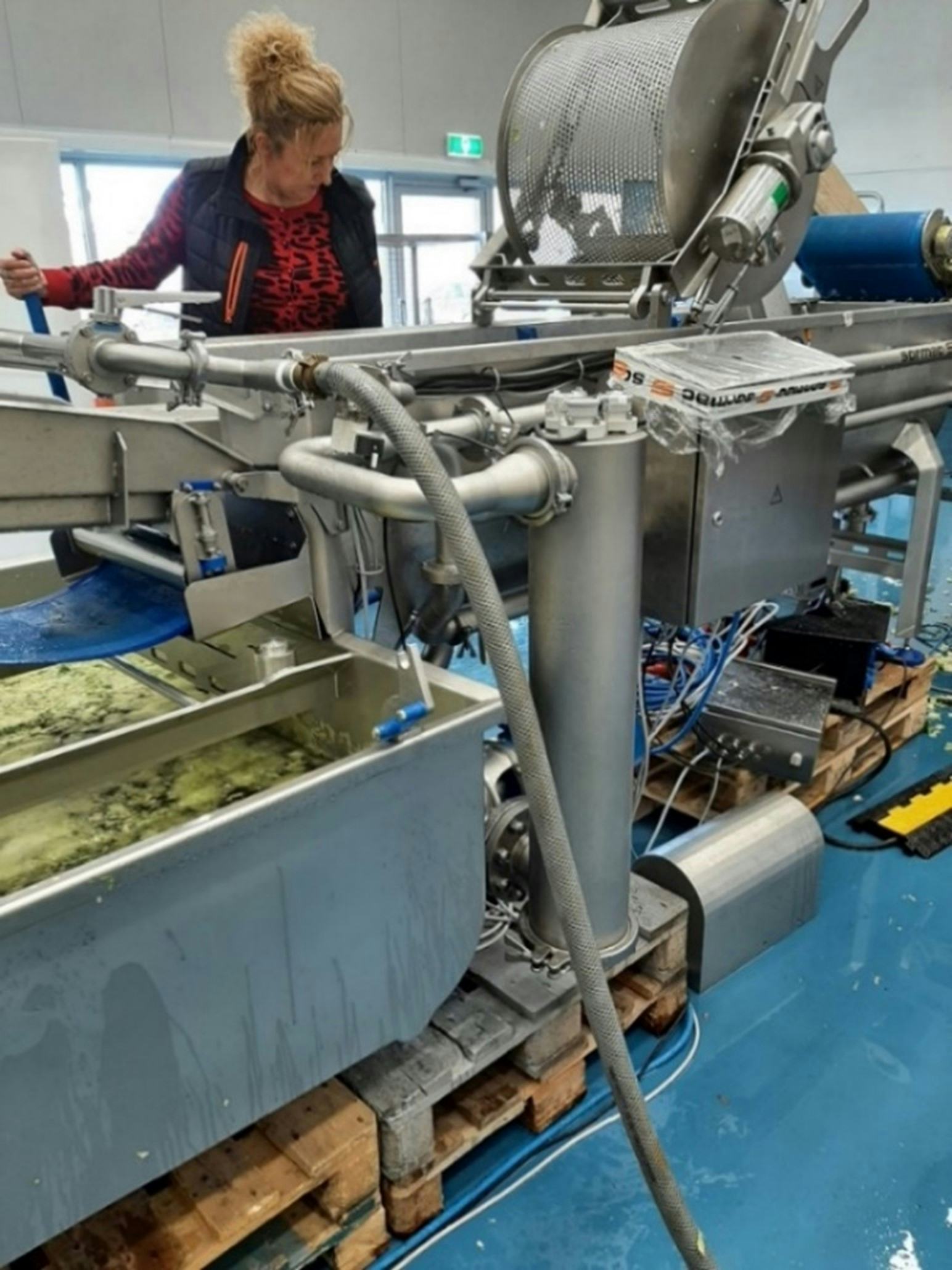
Authors
Jen Banach, Project Leader and Food Safety Researcher (jen.banach@wur.nl)
Hermien van Bokhorst-van de Veen, Scientist Applied Food Microbiology (hermien.vandeveen@wur.nl)

